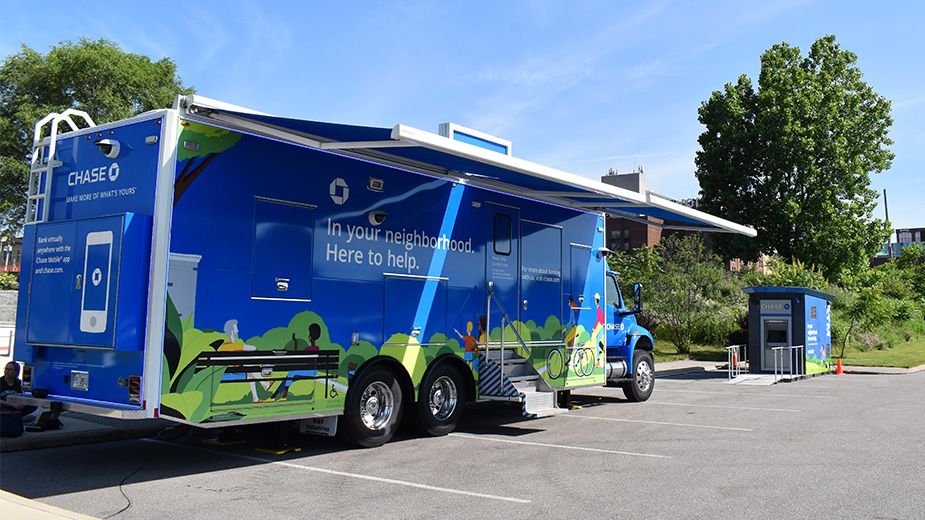PNC Survey Finds Optimism at Historic Highs
PITTSBURGH — The PNC spring survey of small and mid-sized businesses finds optimism is running at historic highs in the 15-year history of the PNC Economic Outlook, a semiannual telephone survey of small and medium-size business owners and executives.
“Small businesses are a key source of economic activity and employment, and owners’ perceptions can be a good indicator of what’s to come,” said Gus Faucher, chief economist of The PNC Financial Services Group, Inc. “The overall findings from our biannual survey, which began in 2003, confirm that the U.S. economic expansion, now almost nine years old and the second-longest in U.S. history, will continue throughout 2018.”
Half of respondents describe their outlook for the national economy as optimistic, a significant increase compared to the fall 2017 survey (29%).
Across-the-board record optimism is reflected by the 85% of all respondents who select a positive emotion to describe how they feel about the business climate during the next six months: hope (39%), enthusiasm (37%) and joy (9%). This is a moderate increase from the fall of 2016 (pre-election) when 74% of respondents reported positive emotions. The number feeling fear, despair or anger remains in the single digits.
In addition, six out of 10 business leaders (61%) expect demand for their company’s products or services to increase in the next six months, up from 51% in fall 2017. While a majority (51%) report a good balance between the volume of business and their capacity to handle that volume, 14% report having more work than they can handle without adding some capacity.
Key survey findings include:
- Wage Watchers—Back in the Fast Lane: Hiring and compensation registered some of the largest increases compared to fall 2017. There are signs that wage growth may be accelerating this spring: half (49%) of business leaders anticipate increasing their employee compensation in the next six months (compared to 37% in fall 2017). This is the highest rate since fall 2007 (51%) and good news for the American workforce. In addition, one-third (32%) expect to add full-time staff (25% in fall 2017) and 25% note plans to hire part-time staff, a significant bump compared to 15% in fall 2017.
- Help (Really) Wanted: Four out of 10 (40%) say it is harder to hire qualified employees today compared to six months ago, with the biggest challenge being lack of experience or skill. One-fifth (22%) of respondents attribute the lack of hiring to doing more work in other ways like automation, artificial intelligence or outsourcing, representing a significant increase compared to 14% in fall 2017.
“With support from tax cuts and an increase in federal spending, U.S. economic growth will accelerate in 2018 and the labor market will continue to tighten,” said Faucher. “To prevent the economy from overheating, the Federal Open Market Committee will continue to gradually raise the federal funds rate throughout 2018.”
- Money (That’s What I Want): Nearly seven out of 10 (69%) small and mid-size business leaders anticipate increased sales during the next six months, a significant increase from the fall. Two-thirds (64%) of respondents expect increased profits, exceeding the prior high (59%) set in spring 2005. Most significant is the jump in the number of business leaders who expect to charge their own customers higher prices (41%, up from 29% in fall 2017), citing increasing business and favorable market conditions as the primary reasons.
SOURCE: PNC Financial Services Group Inc.
Copyright 2024 The Business Journal, Youngstown, Ohio.


